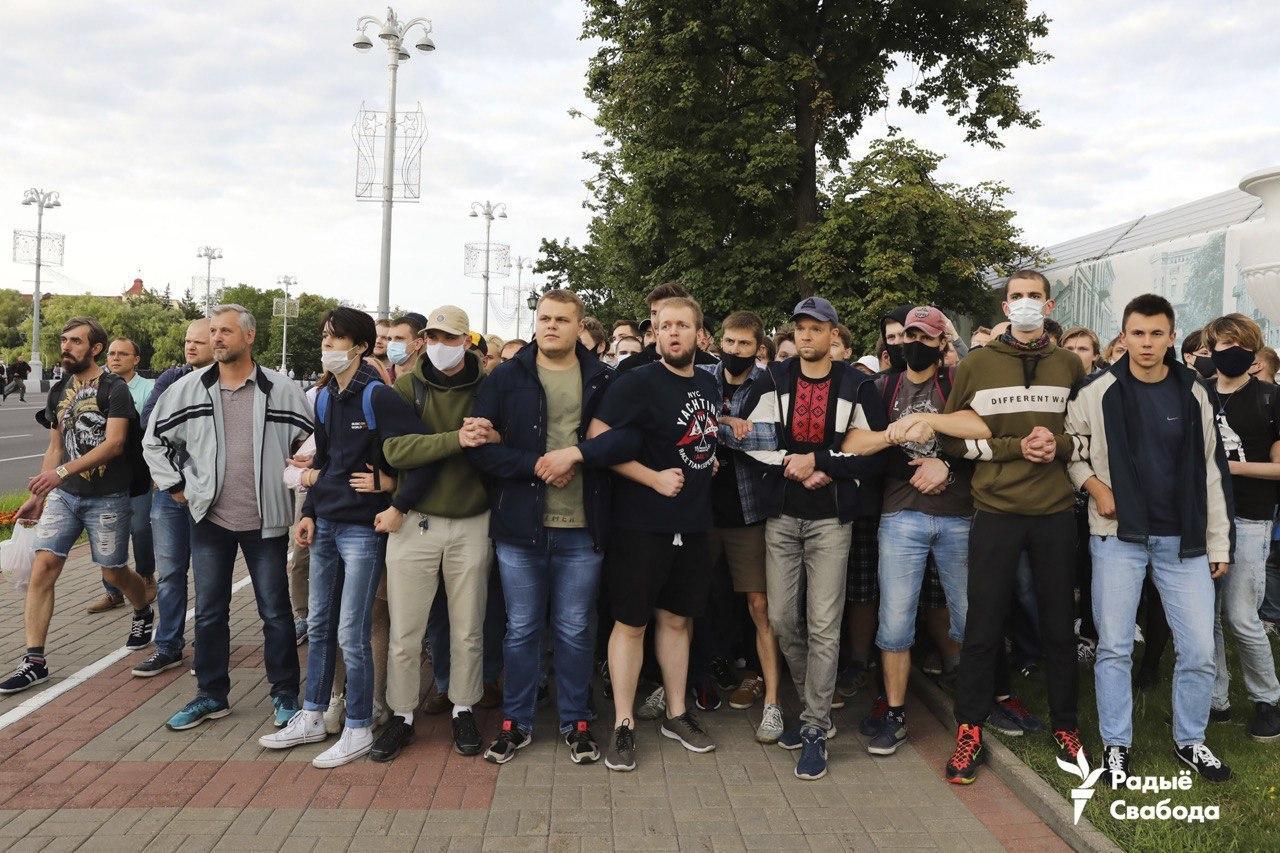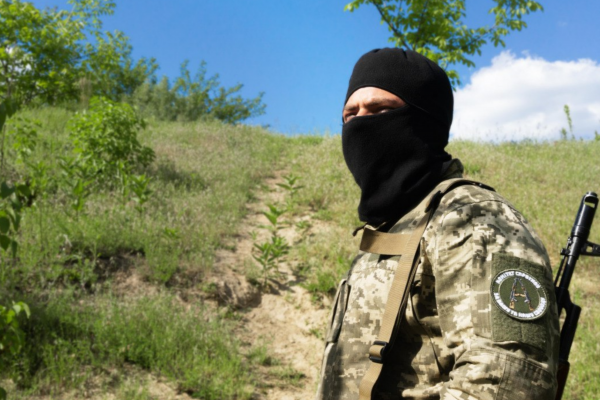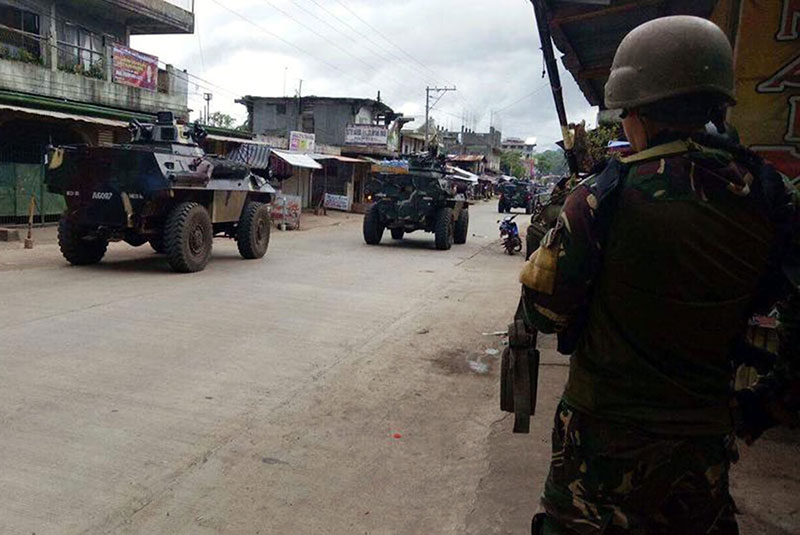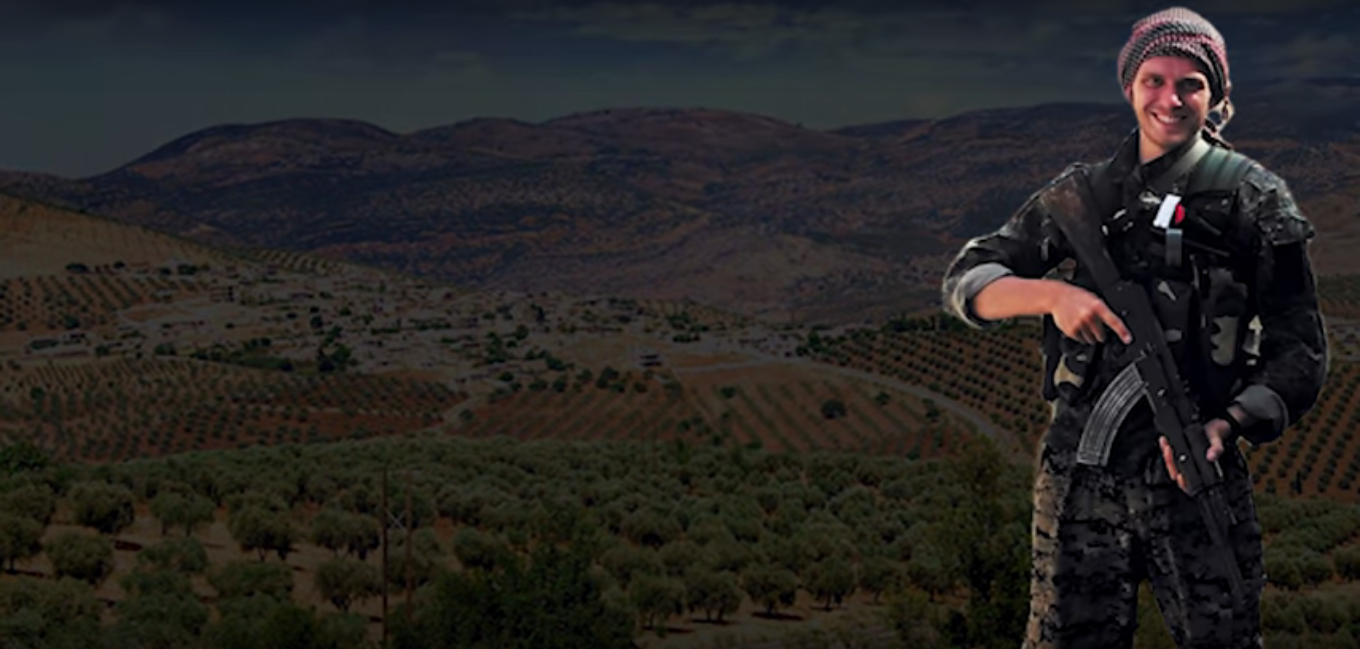Thousands of Belarusians protested after the authorities prevented several politicians from fighting for presidency. Video and photo from the Internet shows dozens of cases in which protesters attack OMON and release their previously detained comrades. The “valiant” OMON riot police have not seen this attitude of the people for a long time. This can explain their bravery when they break into a crowd of protesters in a small group and are dumbfounded by the pressure. That’s how the cops were last seen in the 90s. Those who served then are now retired or working in offices. Cheeky young men from OMON, who live on the shoulders of the working population, have until recently felt powerful in the country.
A few days ago I read another news in support of the myth of a “peaceful” Belarusian, who is always reasonable and calm, and somewhere coward. This myth is spread not only by the authorities, in whose interests the culture of “peaceful” Belarusians, but also by their opponents. Amazingly, over the last 20 years the opposition has been fixated on peaceful protest, and the most radical method of fighting the dictatorship is still the legendary “Square”. Contrary to all expectations, the dictatorship survived both 2006 and 2010, and in 2015 everything went relatively peacefully under the tacit slogan “no war” (sic!).
The absence of leaders on the streets can play a positive role in this situation. No more politicians are calling for peaceful protest and dialogue with the authorities. The landing of the candidates, profitable at first sight, turned out to be a mistake for Lukashenka – he has no partners for a dialogue, and it is not politicians who stand against him, but the self-organization of the people who cannot and do not plan a dialogue with “Batka” (nickname for Lukashenko, that means “father”).
Belarusian society, like any other society, is capable of changes only when it has confidence in its own forces. That is why authoritarian regimes try to destroy social connections within society and thus to prevent some radical transformations. In Belarus, this process continued throughout the whole existence of the dictatorship. A short pause after the Soviet Union managed to give enough energy for protests and revolts in the 90s, but then it went into decline. Large spontaneous post-election protests in 2010 were mainly against economic problems and led to the first retreat of the Belarusian dictatorship from its own plans in 2017. Let us leave behind the fact that the law on “social parasites” was signed, but the very fact of Lukashenka’s retreat deserves respect.
It is hard to say what served as the main catalyst for protests in the country today. Of course, the absolute failure of the authorities in the fight against the coronavirus and the economic problems of recent months (which will only grow) played their role. The political crisis with Russia has also had a negative impact on the stability of the regime.
In this regard, weakening the state’s position may become one of the catalysts for the formation of a social force. People are beginning to believe not only in their own strength, but also in the success of collective action, which is one of the key factors in radical transformation. Success in clashes with OMON shows that state is not defended by superheroes, who can break you in half at first desire. This state is defended by people like you and I, who have fear and the desire to preserve their own health. Each video and photo of a man ripped out of the hands of the authorities is a symbol of the power of the Belarusian people in the struggle against Lukashenko’s dictatorship.




